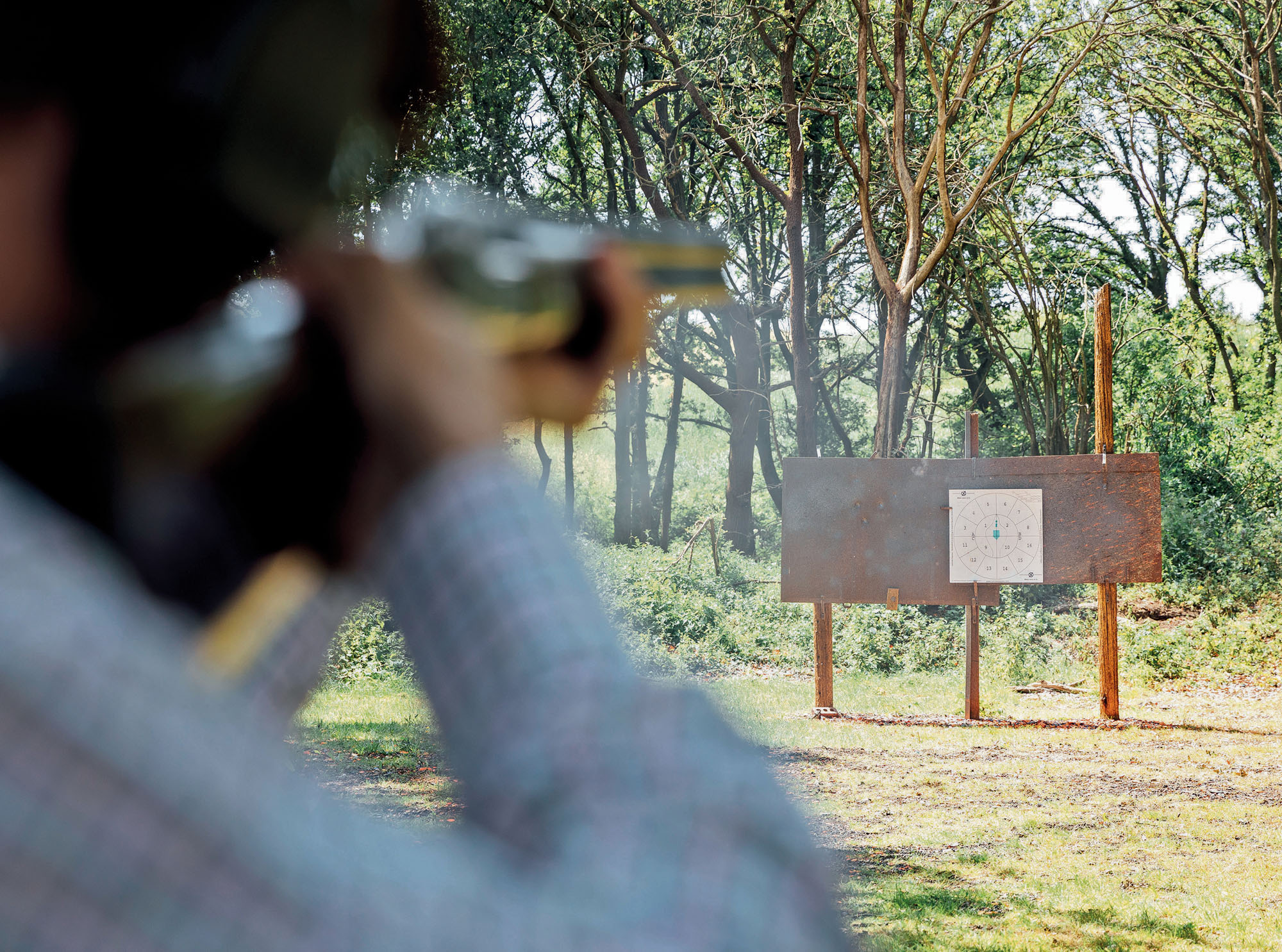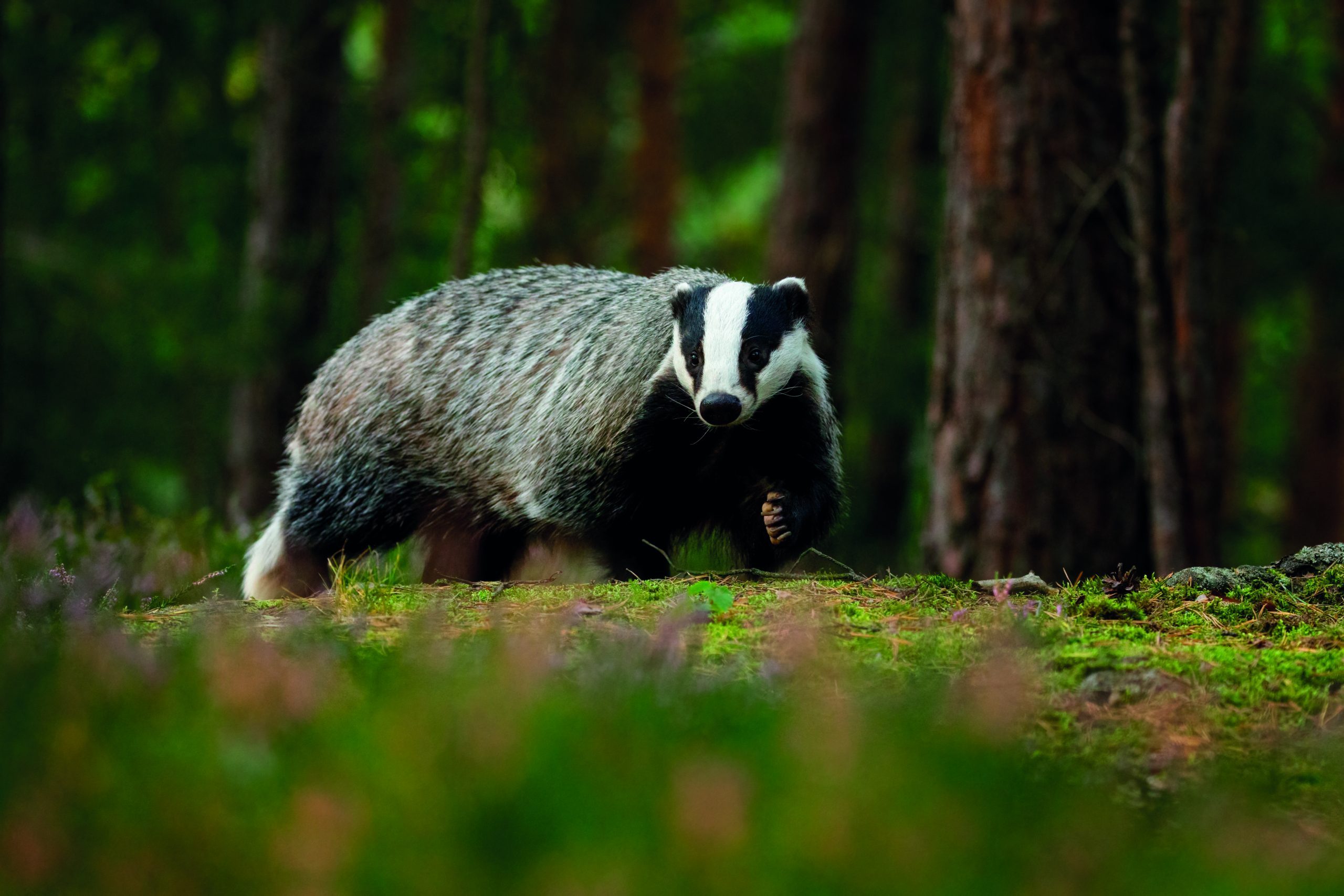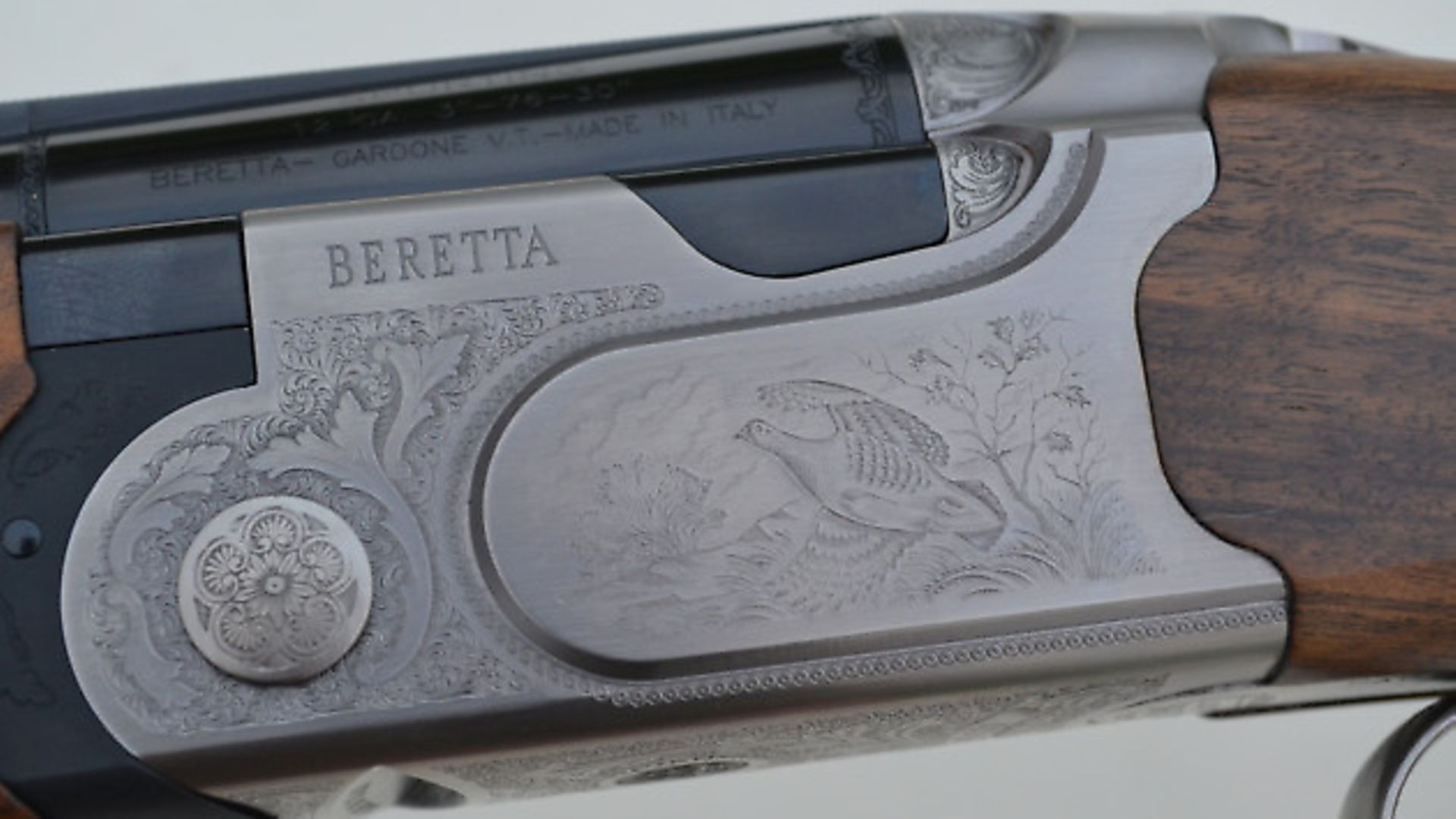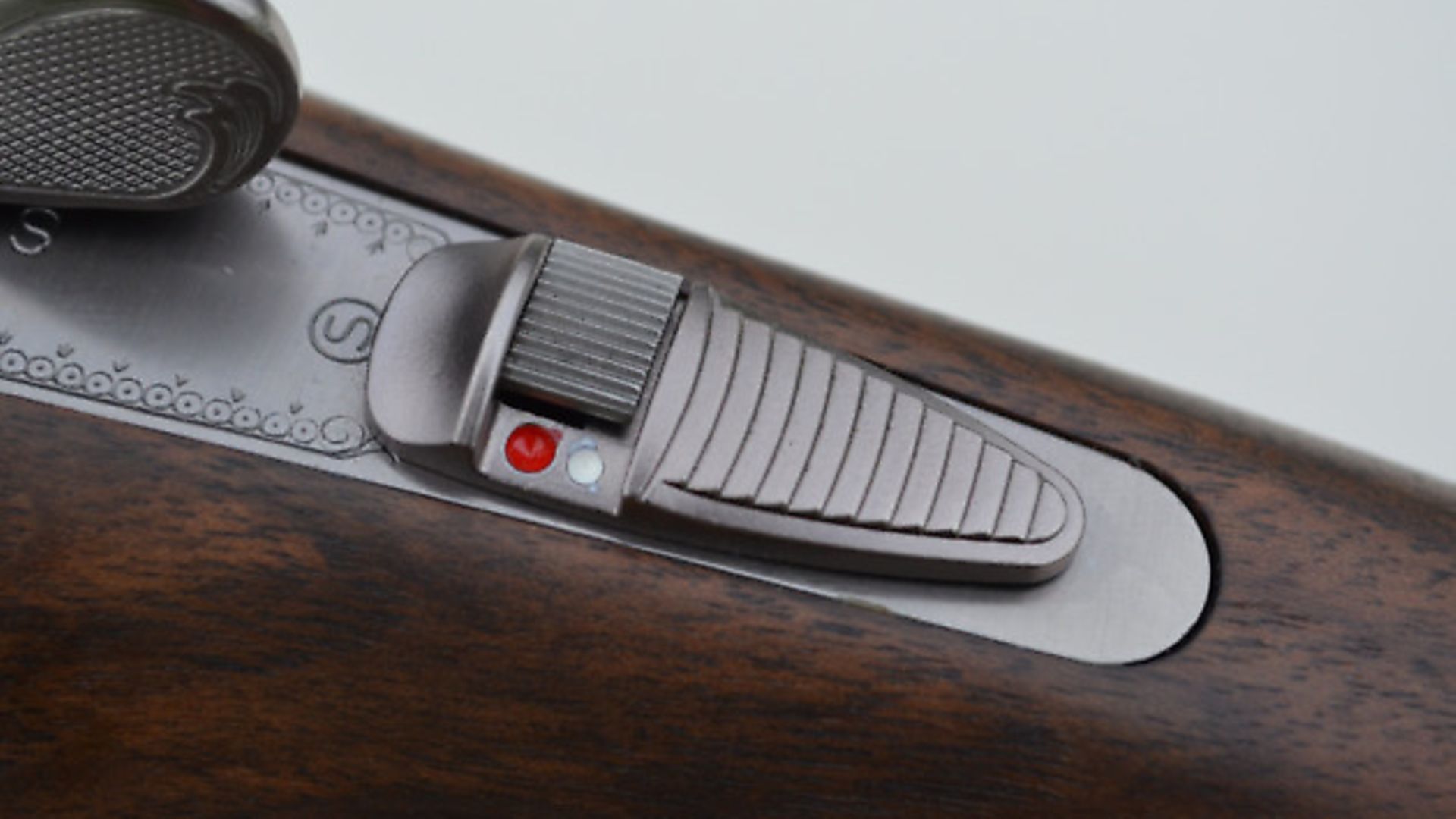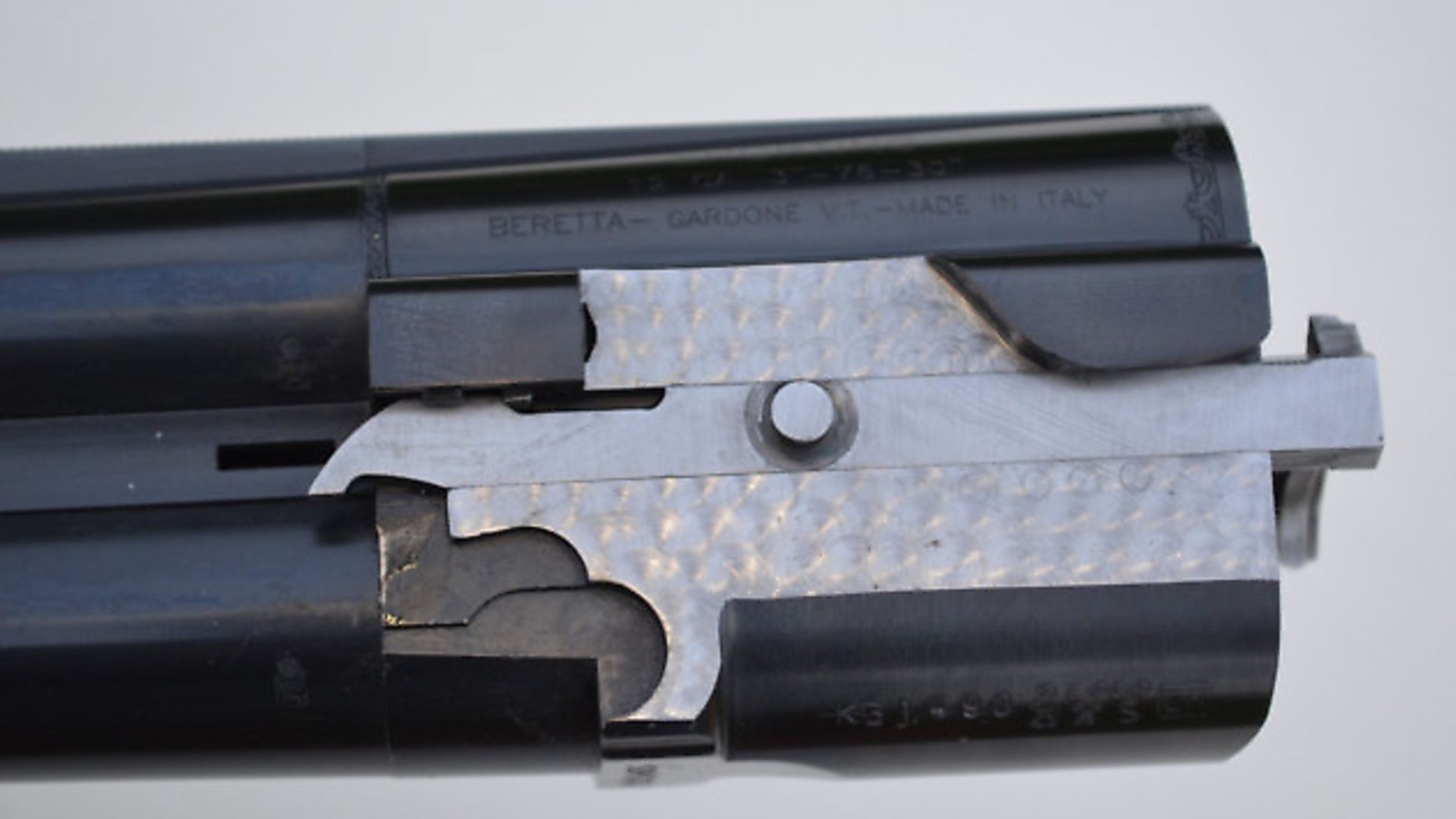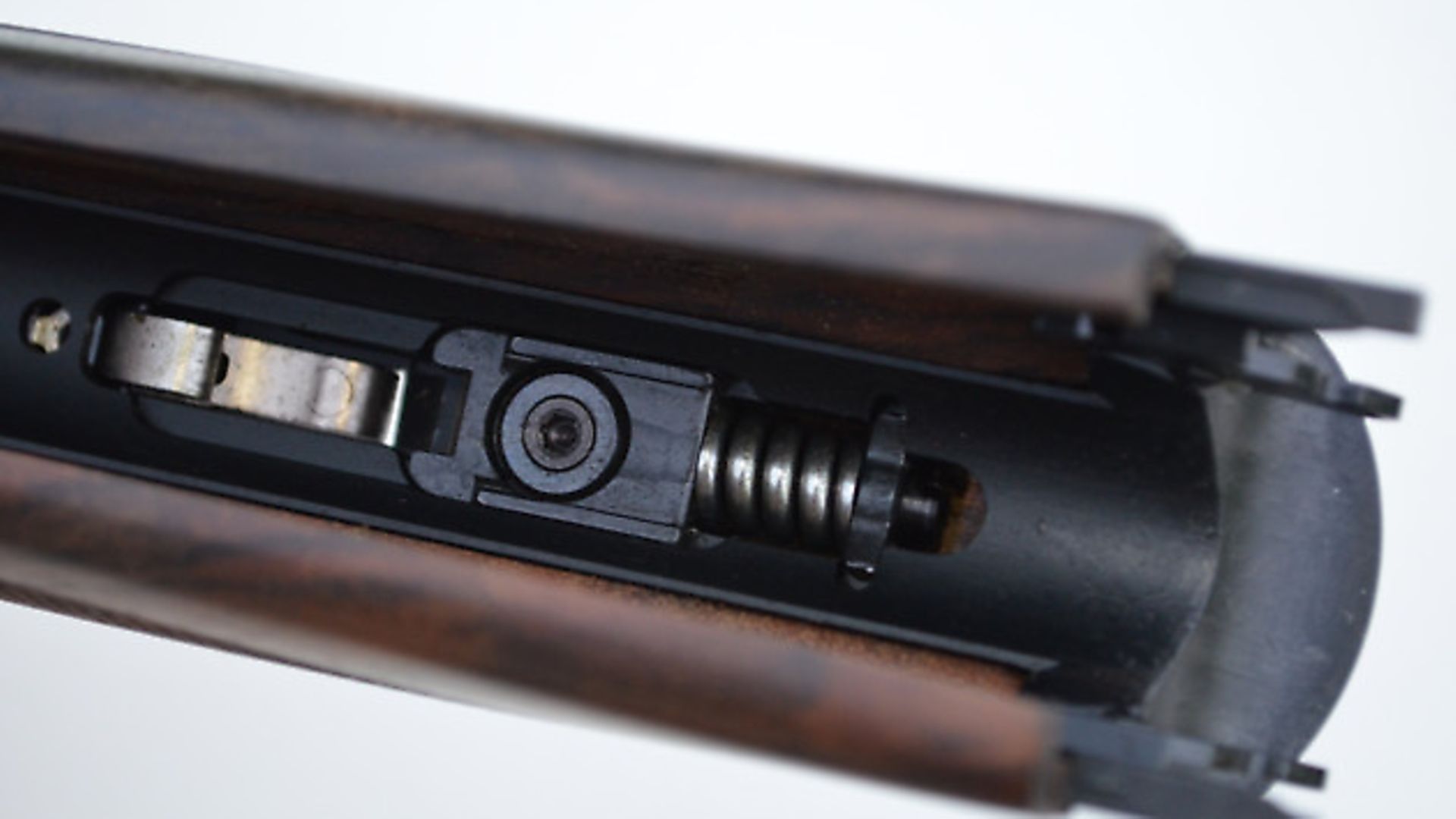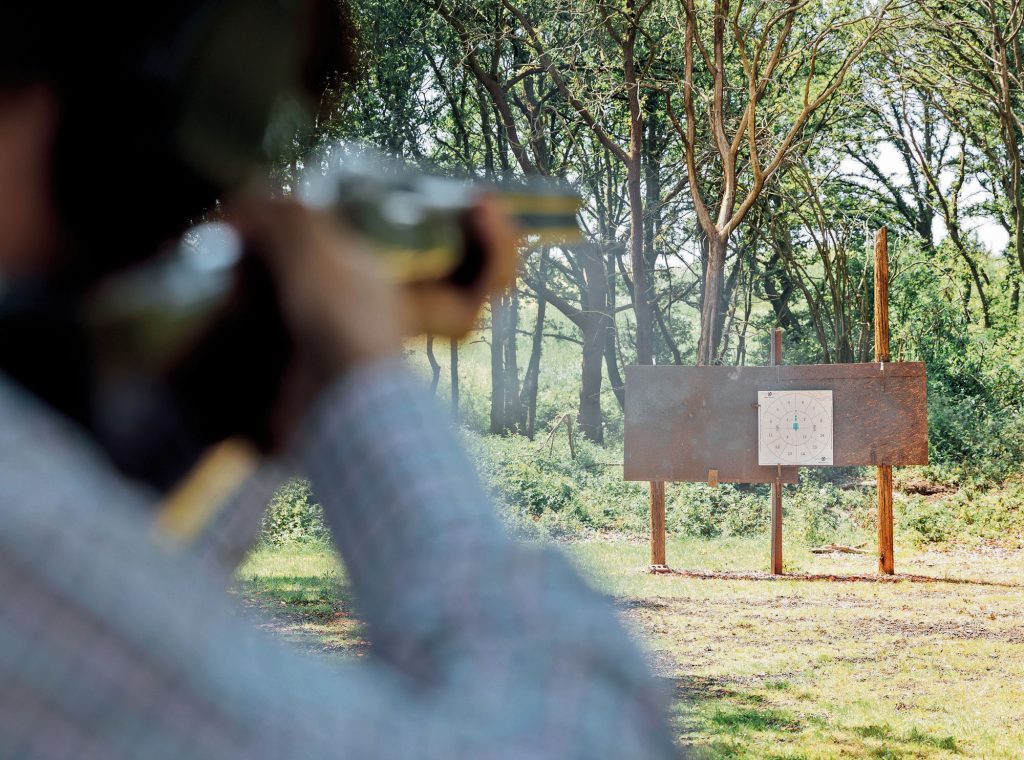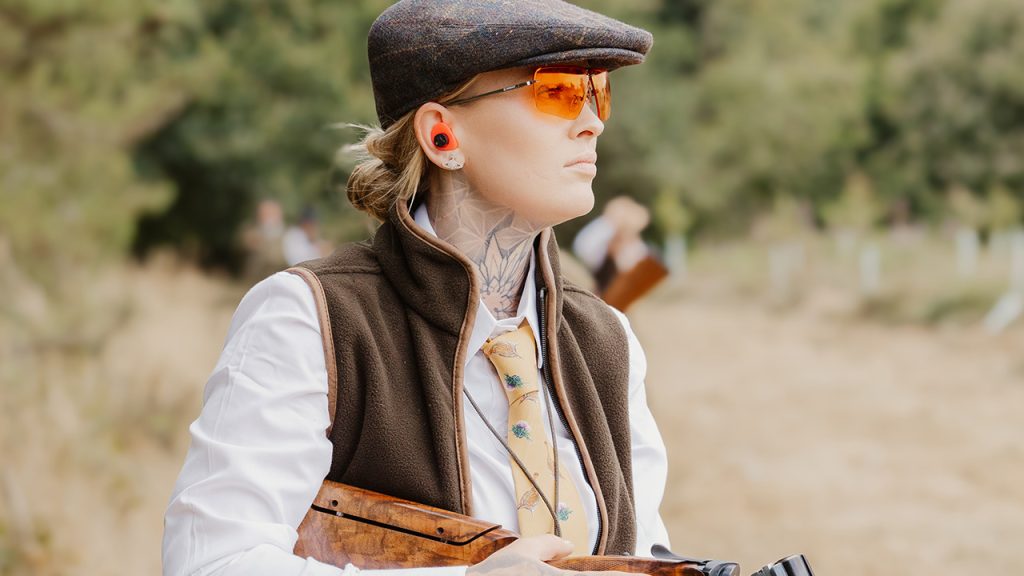Gun test: Beretta 690 Grade III Sporter
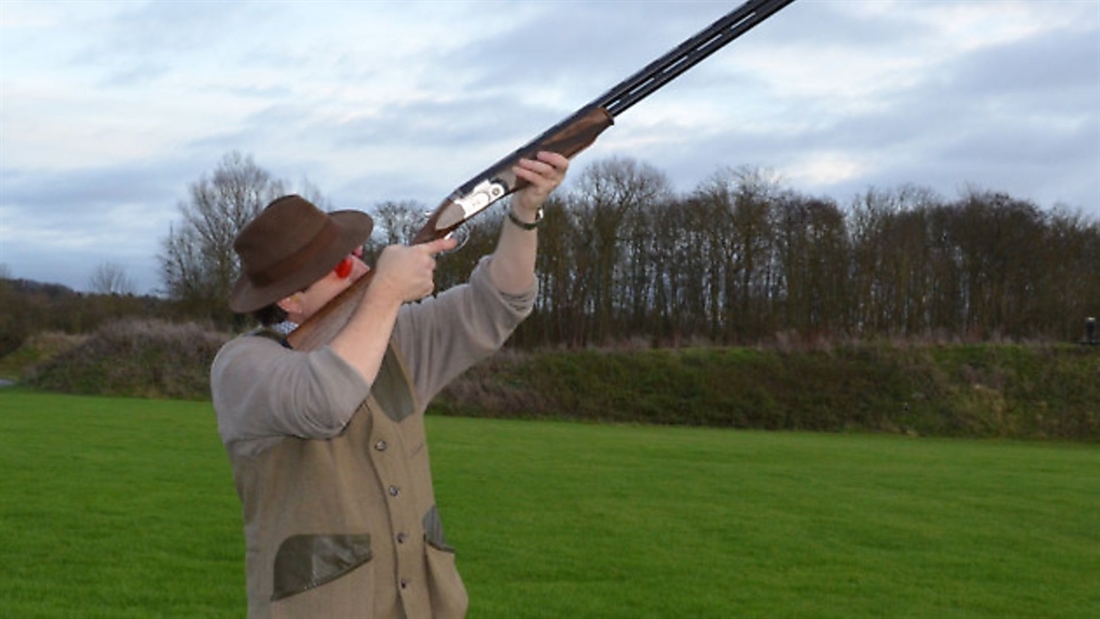
Can the new Beretta 690 really help you shoot better? With its low felt recoil and seemingly intuitive qualities, Mike Yardley certainly thinks so
This month we bring you the first British test of the new Beretta 690 grade III Sporter. I attended the launch of the 690 grade III field gun last year in Tuscany, and came away much impressed with the new addition to the famous Gardonne stable. By some twist of fate, I won the competition that Beretta had put on as part of the ritzy event. It would have been nice to win a gun like the excellent 28” barreled version of the 690 I used to take the prize. But I had to rest content with a very generous 500 euros worth of gift vouchers (thanks Beretta, they were well spent on shooting gear from your website).
I really was impressed with the new 690, though, it shot naturally – one of my biggest compliments. Although somewhat the worse for wear on the day of the competition in Italy (Beretta hospitality is excellent), I only dropped a bird on a short FITASC course and one in the shoot-off (and would not have dropped that had someone not accidentally bumped into me on a raised platform upon which all the finalists were standing). Regardless of price, it was one of the best Berettas I had shot for a long time. For that reason, I was particularly keen to try this 30” sporter, a model driven by GMK, the Beretta importer.
First impressions of the latest 690 are positive. The silver-finished action is pleasantly engraved with game scenes and scroll (a pheasant on one side, a partridge on the other, and scroll and the Beretta logo on the belly). The form of the stock is good with a schnabel fore-end and pistol grip with modest palm swell. The level of finish is well up to Beretta standard. The monobloc, 3” chambered barrels are fleur-de-lys, steel shot proofed. They are also hard chrome-lined, have full-length vented side ribs, and are equipped with long, latest pattern, Optichoke HP flush-fitting chokes (five supplied). Bores are marked at 18.6mm – ideal, not too tight. The sighting rib is an excellent 10-7mm tapered and vented design of new lower type. It is cleverly conceived so the bridges are not directly connected to the barrels and presents a good picture to the eye.
The wood on the test gun was a little light in colour (as with many modern guns). As for figure, the fore-end was well figured, the butt a little plain. If the wood was stained down, the gun would look even better. The grip, comb and fore-end proportions are fine (though the schnabel tip to the fore-end was an unnecessary, if typical, addition). Quite fine chequering is neatly cut (by laser) and laid out in fairly traditional pattern, but with curved borders and rounded corners. The modest right-side only palm swell suited my hand well (the gun is available with a southpaw stock, too).
Measurements for drop on the test gun were a little low, just under 1½” (38mm) at the nose of the comb, and a surprisingly low 23/8” (60mm) at heel. I could – and I am Mr Average in gun fit terms – quite easily lose the bead with normal cheek pressure. But, the good news is that this is an early sample with US measurements, and the guns coming to the UK will have drop 35 and 55mm, 13/8, 21/8” (211/64” if you are pedantic). It is odd that other markets prefer lower stocks, I am convinced that the higher measurements are generally better for all-round shooting.
The combination of a well tapered comb and a little cast-off meant that the standard cast on this gun was a little more than on some other recent Berettas and probably better for it as far as middle-aged men like me are concerned. The length of pull was a tad short at 14½”, including a 16mm pad. The length to toe and heel was a standard 1/8” and 3/8” extra respectively. Overall, I liked the stock; the comb height will not be an issue and 14¾” (the UK standard) could easily be achieved with a different pad. (Beretta pads do not need serious gunsmithing to change, just a Phillips screwdriver.)
Technical
The mechanics are identical to the 692, which itself is more or less the same as a 680 on the inside. The primary visible difference in the newer guns, action aesthetics apart, are the larger curved barrel shoulders. The ejection system in the 690 is the same as the SV10 Perennia and Prevail (and indeed the 692). It gives the option of switching the ejectors off. This is done via the barrels where there is a selector to the rear of both front barrel shoulders. They may be turned using a small screwdriver (it must be done with the extractors down against spring compression). The fore-end ‘iron’ on the 690 is worthy of note, too. It is actually made from black anodised aluminium and includes an interesting feature: it is spring loaded to keep the barrels tight on the action face. This is achieved by means of a short, stiff spring in the fore-end and is self-regulating. So, sloppy fore-end fit should be a thing of the past.
Tech specs
Make: Beretta
Model: 690 III sporter
Bore: 12
Barrels: 30″ (28″ option)
Chamber: 3″ fleur-de-lys steel proofed
Rib: 10-7mm vented
Chokes: Optichoke HP flush fitting
Weight: 71/4lbs
RRP: £2,700

